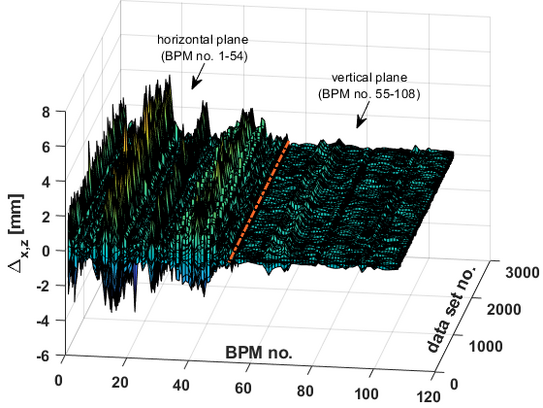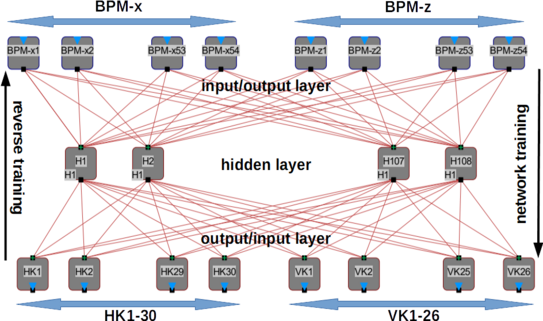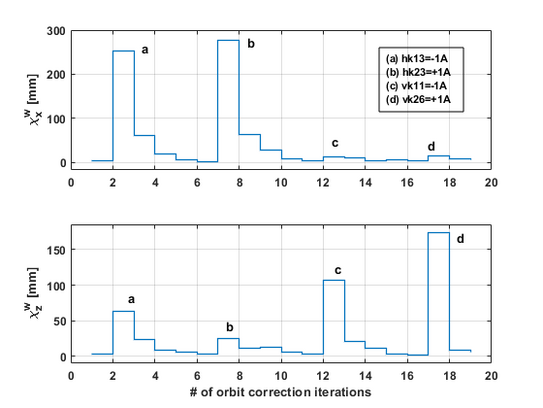Controlling the beam position
Methods of machine learning (ML) have found applications in a wide range of tasks for controlling accelerator systems. For instance, neural networks (NN) can be used for the automatic correction of electron beam trajectory (orbit). At DELTA, the orbit is measured at 54 points around the storage ring roughly every second using Beam Position Monitors (BPMs, see image on the right). Undesired deviations of the beam position from the ideal reference orbit are minimized using 56 correction magnets (30 horizontal and 26 vertical) and a software feedback system.
ML-based studies on this topic, initially based on simulations, have been successfully transferred to real accelerator operation at the 1.5 GeV electron storage ring of the DELTA accelerator facility. For this purpose, classical fully connected multi-layer feed-forward networks were trained using supervised learning with measured beam position data and corresponding corrector strengths. The trained networks can subsequently be used for local and global beam position corrections. The supervised NN training was performed using various conjugate gradient backpropagation learning algorithms.
Subsequently, the performance of the ML-based beam position correction was compared with conventional numerical-based computational methods. Here, the ML-based approach showed competitive orbit correction quality, but with a lower number of correction steps. Further details can be found in the internal report and conference publications(IoP, IPAC-22).


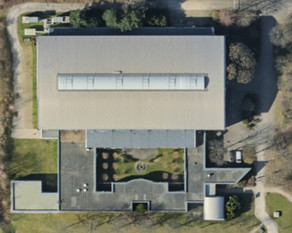
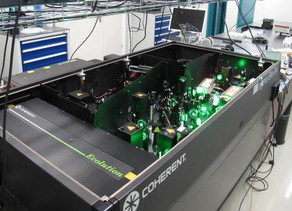
![[Translate to English:] [Translate to English:]](/storages/delta/_processed_/1/2/csm_studium_seitenheader_1e3d243ce2.jpg)
